Hitchhiking, horses, and yak everything: essential knowledge for getting by in Khampa Tibet.

Ganzi (Tibetan: Garzê) is and isn’t Tibet. When the Chinese talk about Tibet, they mean the Tibetan Autonomous Region, a tightly held territory where foreigners’ movements are controlled, and interactions are monitored and choreographed. But the that area only corresponds to the old Tibetan region of Ü-Tsang, the independent entity ruled by the Dalai Lama before the Chinese invasion of 1950. Two other ethnically Tibetan regions were absorbed into China (Amdo into the Qinghai province and Kham into Gansu, Sichuan, and Yunnan) in a milder manner. As a result, the Khampa Tibetan land of Ganzi, part of western Sichuan province, offers a lot more freedom of movement, although that doesn’t mean you get to be flippant about contentious issues like the Dalai Lama. So enjoy the liberty and mobility of the plateau and interact freely with locals, but watch whose ear you bend about Free Tibet issues.
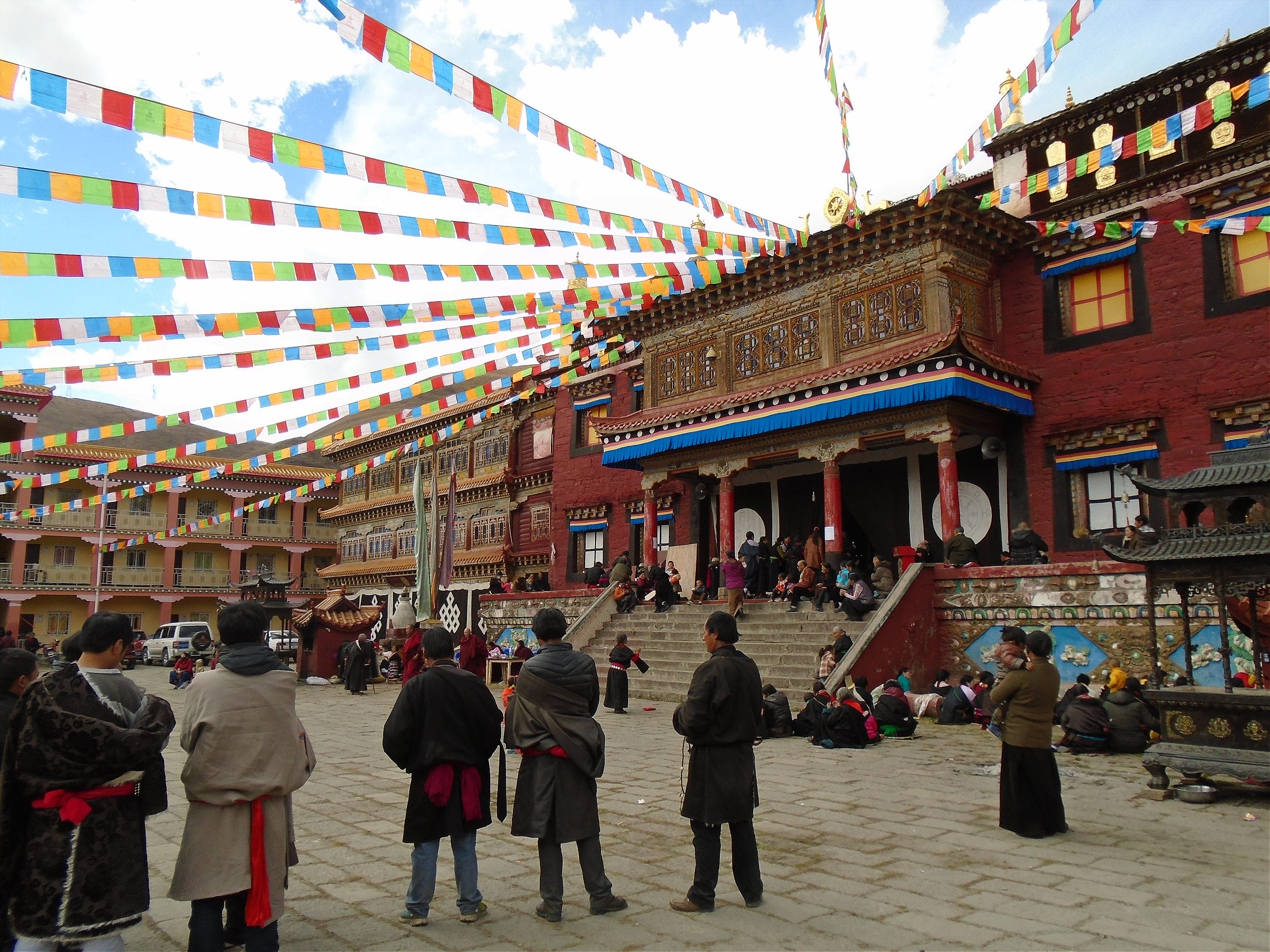

Say it: tashi delek. The phrase just means “hello,” or “greetings.” But it’ll score you infinite points with any ethnic Tibetan in the region. No one expects you to master the complex and unique Tibetan language, but given the politics of tongues in China, where Tibetans especially feel that their script and culture are shunted aside by the Han, showing that you respect the culture enough to make efforts to show your engagement will be appreciated.

You can (and should) crash a few religious ceremonies. Tibetan Buddhist rituals can seem opaque and esoteric, and if you don’t have any language skills it can feel intrusive to wander into a temple—especially because most of Ganzi’s monasteries haven’t been Disneyfied for tourists like many in the Tibetan Autonomous Region. Tibetan culture is deeply intertwined with Buddhism. The western stereotype of all Tibetans as some kind of serene star children is overly simplistic, but to get a feel for the culture, you should watch a monastic debate at a shreda, or stand with folks during an offering ceremony, or at least bumble into a temple at some point. People understand you’re not from around those parts, so they’ll politely tell you if you’re unwelcome, or just let you stay.


Respect religious traditions. Do this, because many Chinese tourists don’t. Tibetan cultural regions are in-vogue travel destinations for young Chinese and yuppies. They come in full tourist gear, replete with fanny packs and massive DSLRs, which they readily shove into the faces of monks mid-meditation. Stories abound of pushy tourists treating temples like their own private stomping ground, yammering during ceremonies and pulling people out of their circumambulations to take kitschy photos. There are reasons for this: Some Mainland Chinese are just inexperienced tourists. Others really do look down on Tibetans. Either way, it’s still annoying. So your respect and caution will be doubly appreciated.
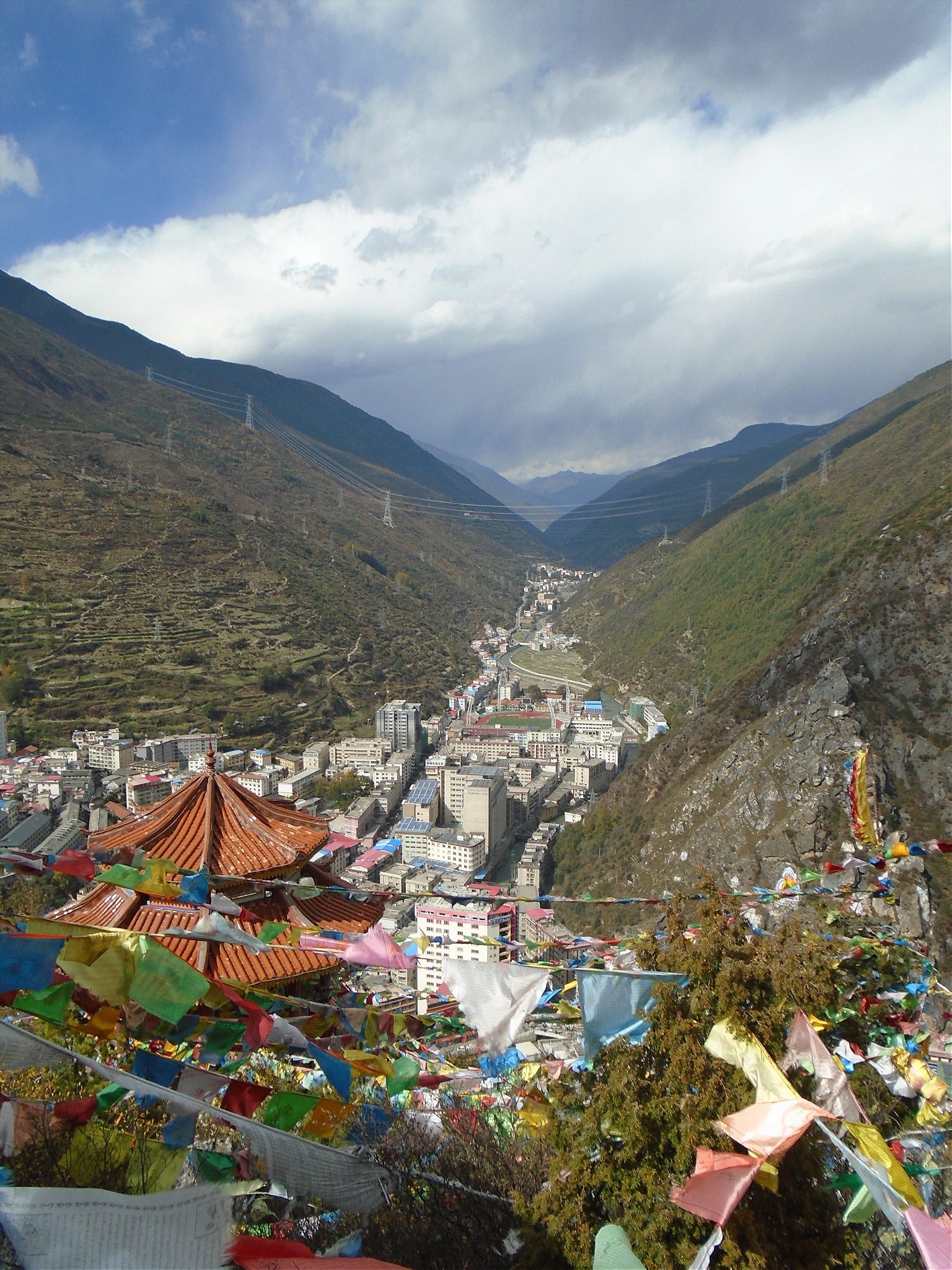

Kangding (Tibetan: Darzêdo or Dardo) is a great city to leave. The capital of Ganzi, right at the eastern edge of the region, is pretty much 50-50 Chinese and Tibetan, and can feel a little hollow. A jumble of whitewashed pre-fab skyscrapers unceremoniously crammed into a narrow valley, looming over the remnants of a recently rural town, it’s got that impersonal sheen of over-eager capitalism. But the development in the region has turned it into a hub for Chinese tourists, which makes it a great depot for reasonably priced hiking and climbing gear, a radial hub for buses and vans (and now even planes) going deeper into the plateau, and a good waystation to find travel companions at the many international-friendly hostels that line the river at the center of town. Folks there can even help you arrange travel into the Tibet Autonomous Region on short notice, or get you out to remote monasteries and towns.
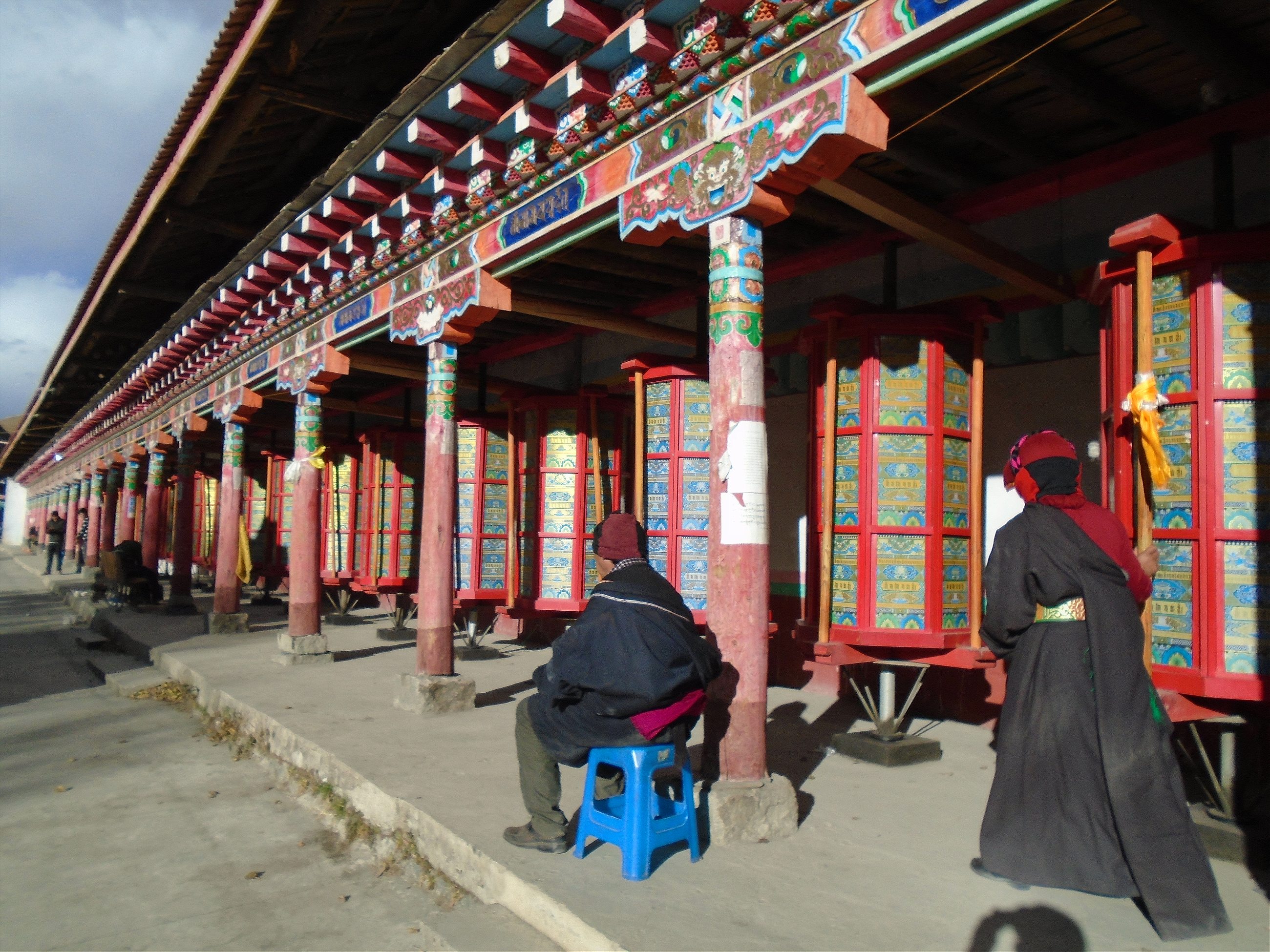

…but Kangding has its charms too. A town of about 100,000, Kangding does feel fabricated, but there’s more to the city than meets the eye. Up in the hills, you can find a mixture of abandoned, decrepit monasteries and state-sanctioned, gilded temples—a good primer in the different experiences and feels of acceptable “cultural and regime-compliant” Buddhism and unacceptable overly devout and independent Buddhism. There are also a ton of great, if neglected, hiking trails, on which locals scavenge for mushrooms. The trails are a great way to acclimate yourself to Himalayan altitude (the city lies at 8,500 feet above sea level, and the mountains get up towards 10,000). And even if you just walk around the streets, you can get a good feel for the dynamics between Han Chinese and Tibetans, the influx of young mainlanders into the region, the Chinese state’s vision of ethnic harmony, and the developing future of the area.

Hitchhiking is the best — and sometimes only — way to get around. There are a few bus routes to the cities deeper in the heart of Ganzi, but they’re torturously long and (comparatively) overpriced. There are several depots around Kangding (and in the center of every town) where dusty and weather-worn men in the Tibetan equivalent of cowboy hats, or monks and nuns moving from temple to temple, wait to pick up travelers and bring them far into the rural interior in exchange for basic compensation. Sharing a ride is far more comfortable and flexible, and can get you deeper into the plateau than a bus can.
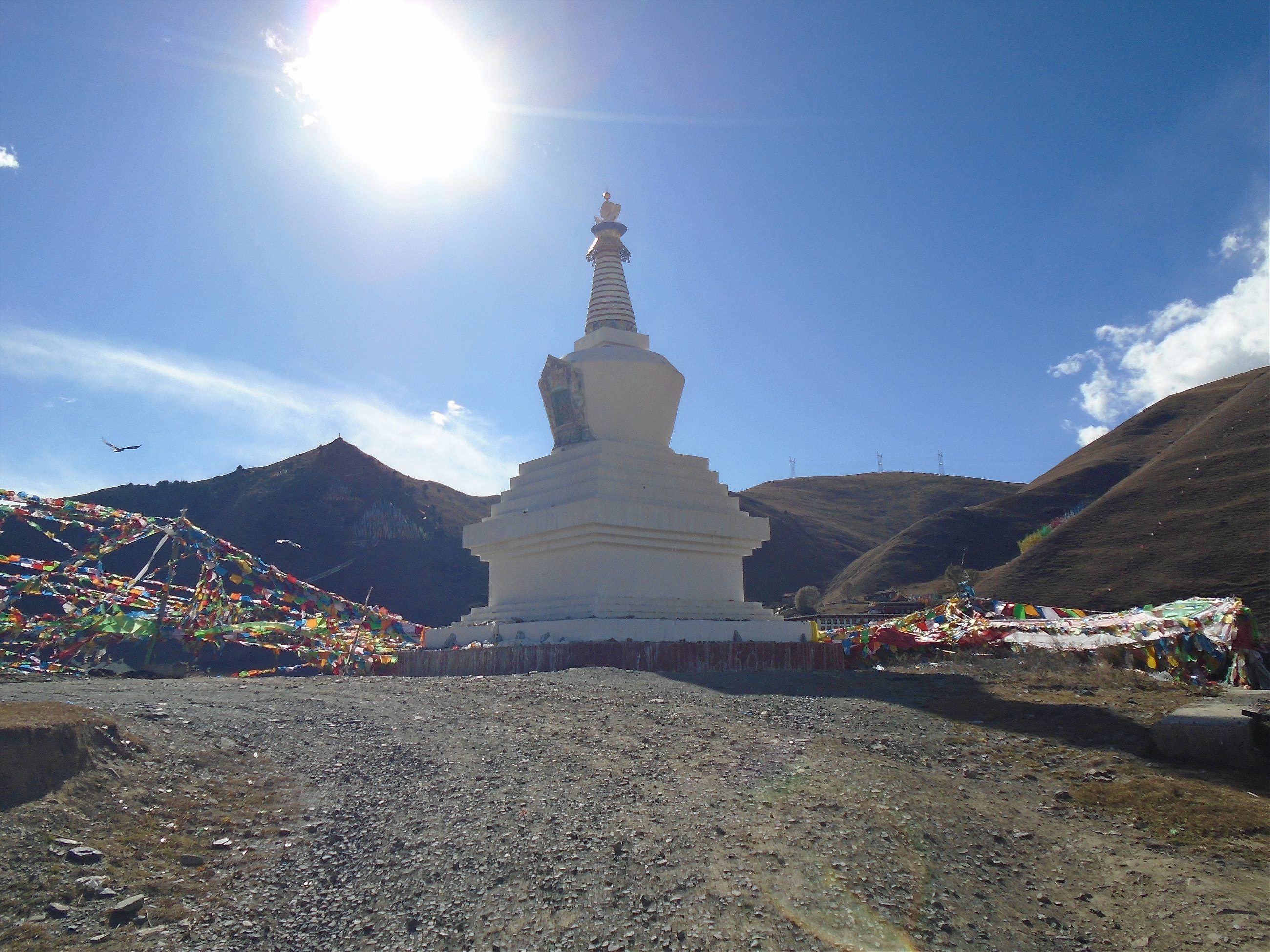

You’ll need cash. China as a whole is developed and on the grid, but outside of Kangding you’ll find mostly small villages with little resemblance to Beijing or Shanghai. In fact, few of these villages have much Chinese state presence beyond a police station and a post office. At best there will be one regional bank where your foreign cards don’t work, and no place to legally change foreign currency to yuan. Fortunately, crime rates are extremely low and folks watch each other’s backs—even those of foreigners. So you’re safe to bring as much cash as you need, although it’s probably a good idea to diversify storage spots—in shoes, pants, bags, etc.

Altitude is a bastard. As soon as you enter the region, you’re at 8,500 feet at least, which is already high enough for some people to start experiencing the lung-and-brain fluid build-up that is altitude sickness. But most towns lie higher up on the plateau, meaning you’ll be walking around day-to-day between 12,000 and 13,000 feet above sea-level on average. If you go hiking or climbing, you risk getting up even higher—the highest peak, Mount Gongga (Tibetan: Minya Konka) is 24,790 feet above sea level (Everest is just over 29,000) So if your head starts to pound, your sleep is troubled, and you start to feel generally unwell, don’t pop an Advil and write it off as the sniffles. Tell someone and seek treatment, because this far out and this high up, things can get nasty.
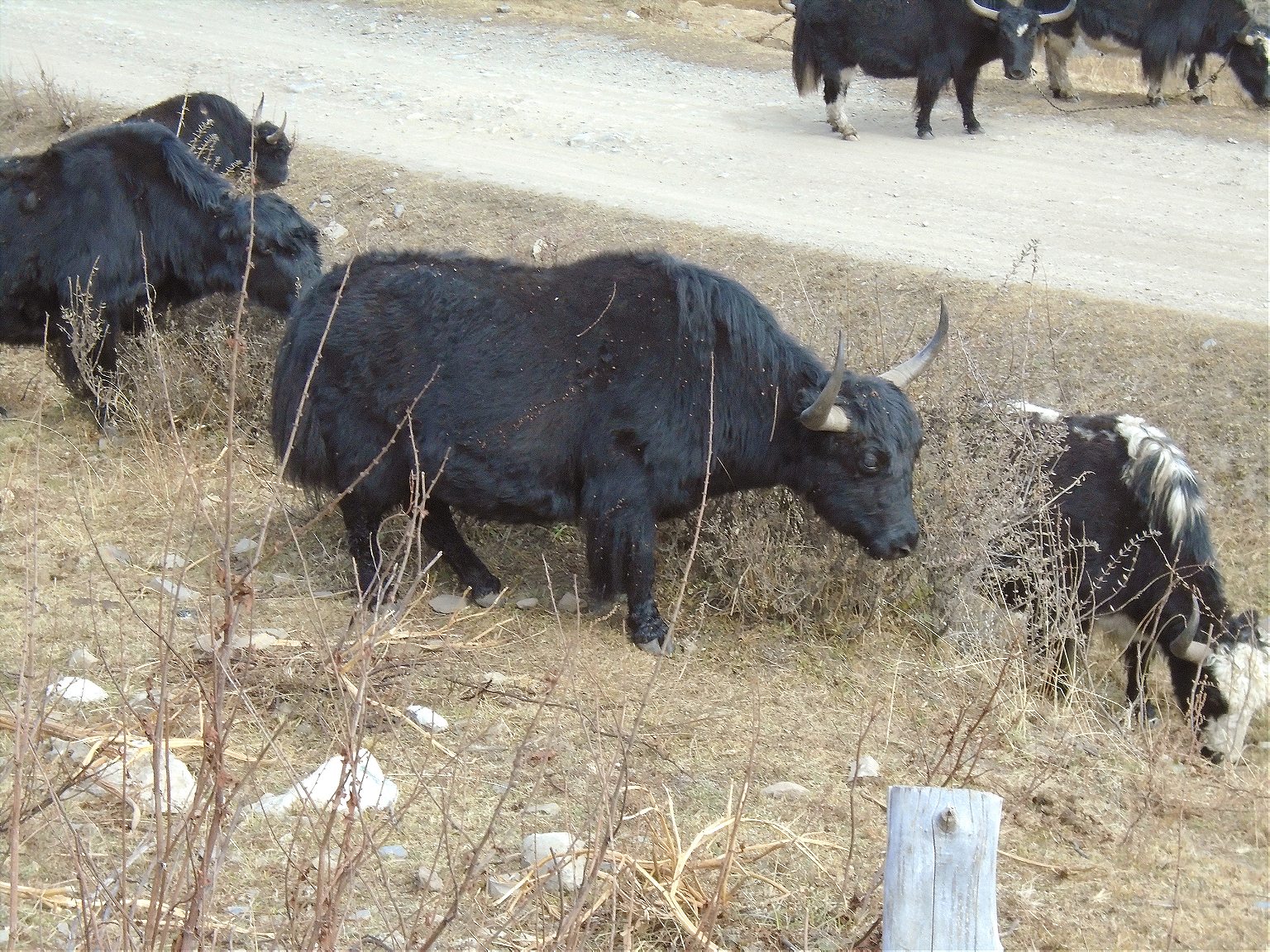

Embrace yak-based everything. Although some towns like Danba (Tibetan: Rongzhag) are known for their wheat or potatoes, almost everywhere else in the hinterland of the plateau runs on yak-based pastoralism. That means the markets are full of yak-wool clothes and crafts, yak butter tea and yak meat everything. If you eat a traditional meal, it’s got some yak in it somewhere. This is not the best region in the world for vegetarians (which is why many Tibetan Buddhists aren’t vegetarian, contrary to popular misconceptions). But if you learn to embrace the variations within the repetition of yak, yak, and yak, you can start to appreciate salty yak butter: fried crispy yellow around a ground yak-meat dumpling; slathered on potato fingers; dropped into thick, greasy tea. Sure, you’ll get meat sweats, but you’ll gain a new appreciation for the quality of dairy and the variations in meat from region to region—a beautiful thing.

You really can buy local. In most towns, the local inn owner of some nomadic cooperative will peddle some mixture of shawls, religious icons, and jewelry. The upshot for you is that, beyond Kangding, this stuff’s mostly locally produced and sometimes even with bone and stone rather than cheap plastic. It’s incredibly cheap by Chinese price standards, and usually that money’s going right back into local populations, who are being squeezed by development from all ends. So if you’re in need of souvenirs, or you just like to acquire mementos and crafts, you can gather some beautiful, unique, and well-crafted objects at bargain basement values. Infomercial over.
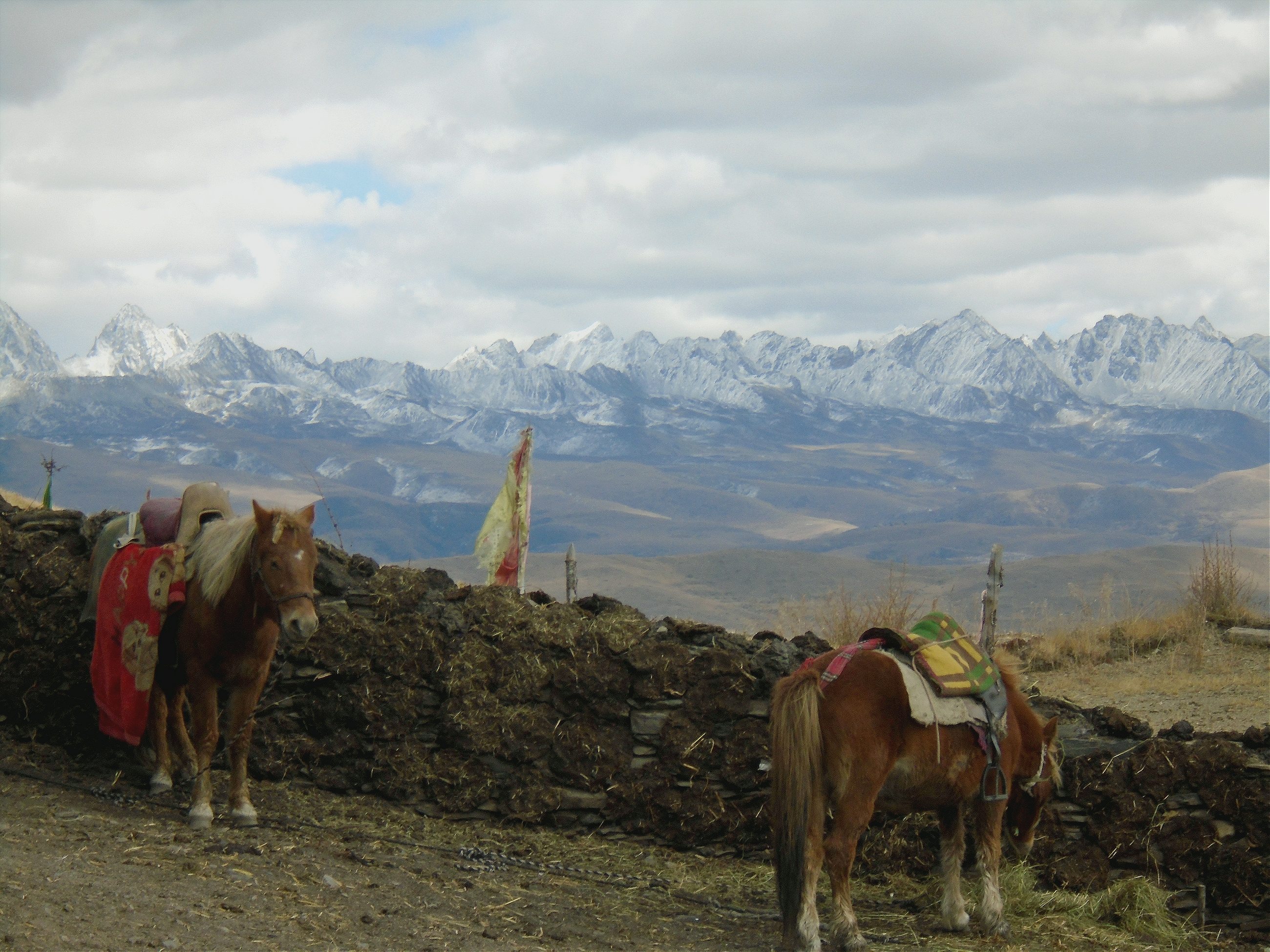

Horses are the best transportation. You should go horse-back riding at least once: this is the only way to get an appreciation for the landscape away from the little highways and power lines, and to see towering mountains over browned pastures and boggy fields. It’s also the only way you can end up in the middle of a herd of yak with full-time nomads. This is a horse-riding, nomadic culture, so if you don’t take a day to mount up, you’re missing something vital. Every town has a friendly local nomad willing to take novices out or rent a mount for quite reasonable rates.


Nomads will be happy to put you up. While you’re out with these nomadic herders, spend the night. Nomadic homes differ substantially from the modern type sprouting in the cities. Made of wood and stone and yak dung (yak everything!), heated with wood stoves, and remarkably cozy in the mountain air, they’re nice, silent places to get away from the hustle and bustle of much of China. And as with most nomads, even if folks can’t understand you, they’ll be happy to let you hover around, learning the lay of the land. Plus, this is the only way to get a taste for Khampa culture, a uniquely martial and mobile type of Tibetan society.

Climb a mountain, damn it. You are in the Himalayas. You don’t have to climb Mount Gongga, but there’s a peak with a decent trail a five-minute walk from nearly every town center. The views are breathtaking. The inclines are reasonable in most cases. And there’s usually some sort of shrine on the more accessible mountains where you can take a breather with some locals making their regular devotional rounds. And besides: if you don’t like mountains and aren’t willing to huff-puff up even the mildest of slopes, what the hell are you doing on the roof of the world?


Be open to the kindness of strangers. This is really no different for Ganzi than it is for almost any other part of the world. But in this region especially, where it’s hard to get reliable information on what’s happening—what roads are closed and what towns are fun and active—it’s a lot harder to just go it alone. There’s very little sense of predation and more a sense of welcoming in the area. So if you’re just kicking down the street and a monk waves you into a temple, it’s probably a good idea to follow. Because chances are he’ll whip out an iPhone, try to have a conversation with you via a translation app, and then load you up with some rice, pickled vegetables and tea, then send you on your way full and contented (if perhaps sweating essence of yak and a little perturbed by shockingly candid conversations about the denigration of Tibetan culture even in this relatively laissez faire region of modern China). Which is how you ought to leave Ganzi if you’ve done it right.